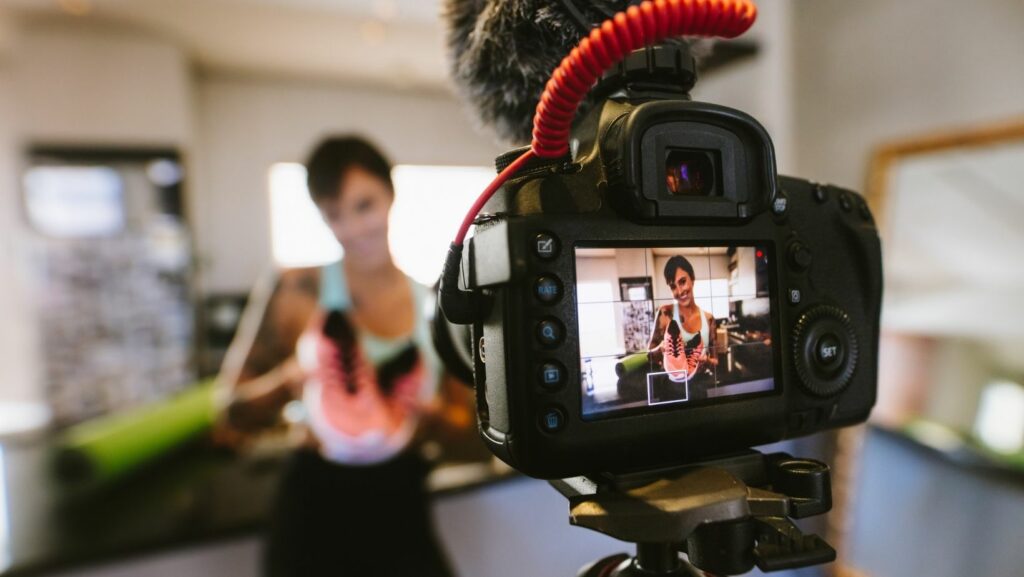 In today’s digital age, video content reigns supreme, captivating audiences across platforms like YouTube, Instagram, and TikTok. Whether it’s a personal vlog or a professional tutorial, creating high-quality video content is essential for engagement and growth. Yet, many budding videographers find themselves overwhelmed by the technical aspects of video recording. Mastering the art of video recording doesn’t have to be daunting. With a few strategic tips, anyone can elevate their content from amateur to professional. From understanding lighting and composition to harnessing the power of editing, these insights can transform your video projects. By focusing on key elements like camera settings and audio quality, creators can ensure their videos not only look great but also resonate with their audience. Dive into these essential video recording tips to unlock your potential and make your content stand out in a crowded digital landscape.
In today’s digital age, video content reigns supreme, captivating audiences across platforms like YouTube, Instagram, and TikTok. Whether it’s a personal vlog or a professional tutorial, creating high-quality video content is essential for engagement and growth. Yet, many budding videographers find themselves overwhelmed by the technical aspects of video recording. Mastering the art of video recording doesn’t have to be daunting. With a few strategic tips, anyone can elevate their content from amateur to professional. From understanding lighting and composition to harnessing the power of editing, these insights can transform your video projects. By focusing on key elements like camera settings and audio quality, creators can ensure their videos not only look great but also resonate with their audience. Dive into these essential video recording tips to unlock your potential and make your content stand out in a crowded digital landscape.
Video Recording Tips
 Capturing high-quality video content involves several key techniques. Understanding these methods enhances the visual appeal and engagement of your recordings.
Capturing high-quality video content involves several key techniques. Understanding these methods enhances the visual appeal and engagement of your recordings.
- Lighting: Proper lighting affects video quality significantly. Natural light is ideal for most settings. When indoors, use soft, diffused light sources to eliminate harsh shadows and enhance subject visibility.
- Composition: Framing the shot impacts how viewers perceive the content. Use the rule of thirds to structure the visual layout. This technique divides the frame into nine equal parts, helping to place key elements at intersecting points for balance.
- Camera Settings: Adjusting camera settings optimizes video clarity. Set the resolution to at least 1080p for sharp images. Adjust white balance and ISO according to lighting conditions to maintain accurate colors and minimal noise.
- Stability: Unstable footage distracts viewers. Use a tripod or stabilizer for steady shots. Many cameras and smartphones offer built-in stabilization features, which are effective for reducing camera shake.
- Audio Quality: Clear audio is as vital as visuals. Use external microphones for capturing direct sound and reducing background noise. Test sound levels before recording to ensure optimal volume and clarity.
Each of these tips contributes to producing professional and impactful video content. By mastering these elements, videographers enhance their storytelling and connect better with their audience.
Essential Equipment For Video Recording
Quality video recording begins with selecting the right equipment. Key components include cameras, microphones, and lighting setups essential for producing professional content.
Camera Selection
 Selecting the right camera depends on the project requirements. DSLRs and mirrorless cameras offer high resolution and flexibility. Action cameras like GoPro provide durability and portability. Smartphones, with high-end models capable of recording 4K video, serve as efficient alternatives. Consider the camera’s features such as battery life, lens options, and built-in stabilization.
Selecting the right camera depends on the project requirements. DSLRs and mirrorless cameras offer high resolution and flexibility. Action cameras like GoPro provide durability and portability. Smartphones, with high-end models capable of recording 4K video, serve as efficient alternatives. Consider the camera’s features such as battery life, lens options, and built-in stabilization.
Microphones And Audio Quality
High-quality audio enhances video content significantly. External microphones, such as lavalier and shotgun types, deliver clearer sound compared to built-in options. USB microphones offer convenient direct recording for vlogs and live streams. Test audio levels before recording to ensure clear sound and reduce background noise.
Lighting Setup
Proper lighting enhances video clarity and mood. Natural light is ideal, but when unavailable, softboxes provide diffused lighting for even brightness. Ring lights are popular for close-up and beauty shots. LED panels offer adjustable brightness and color temperature. Use reflectors to soften shadows and create a balanced look.
Preparing For The Shoot
Effective preparation can significantly enhance the quality of video content. Meticulous planning ensures smoother execution during the actual recording process.
Script And Storyboard Planning
Scripts serve as a roadmap for the video narrative. They outline dialogue and scenes, providing direction for both the crew and talent. A well-crafted script saves time and reduces unnecessary retakes.
Storyboards visually represent each scene in sequential order. They help the team understand shot composition and transitions. Using storyboard templates can streamline the creative process and keep the project on track.
Location Scouting
Choosing the right location can improve the visual appeal and authenticity of a video. Consider factors like lighting conditions and accessibility when selecting a site.
Evaluate noise levels at prospective locations to ensure audio clarity. Outdoor environments with high traffic may require additional soundproofing or noise cancellation methods.

